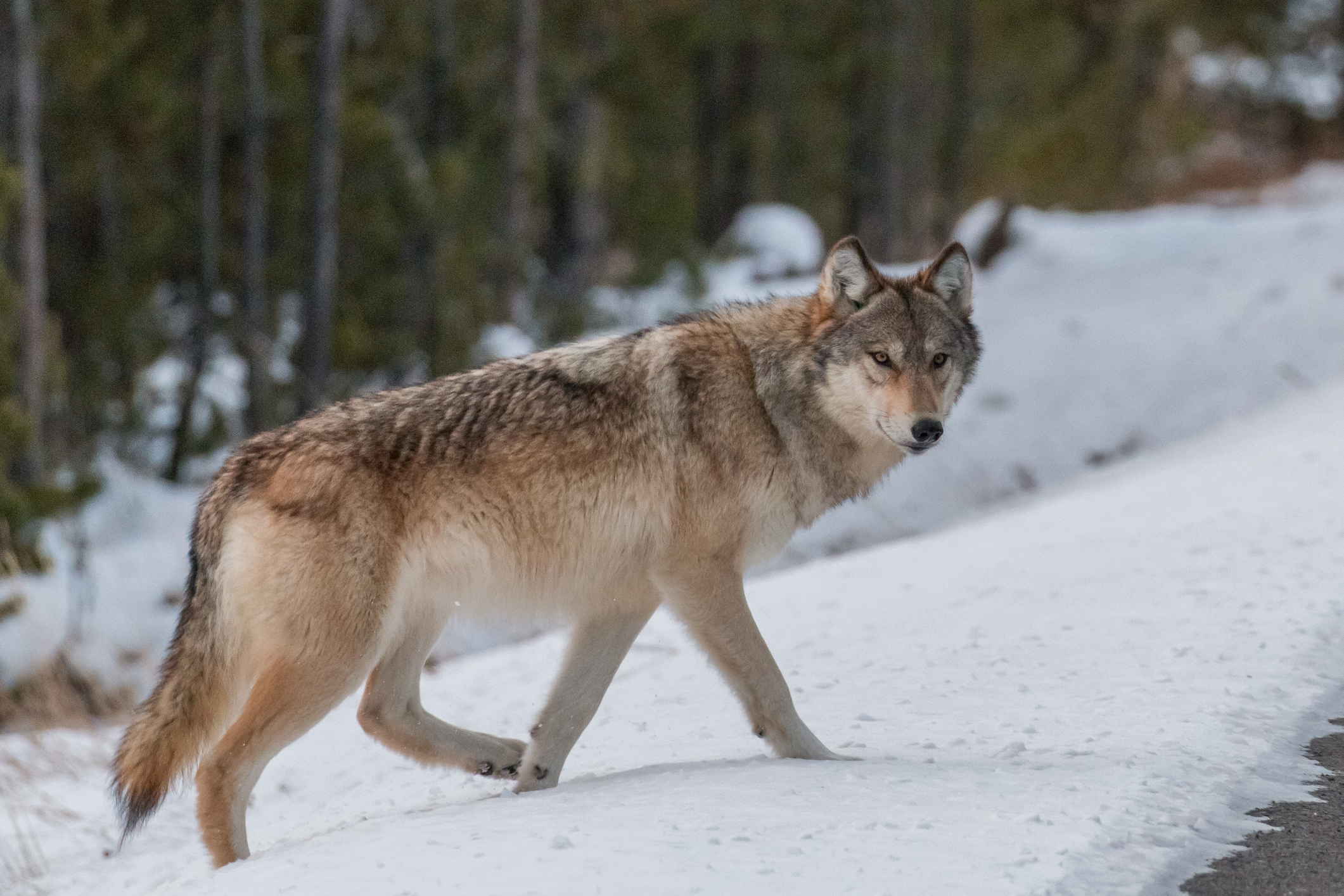Gray wolves are in Washington state to stay. Changing how we manage their population will improve relationships between agencies, ranchers, and activists.
HB 1442 proposes a new approach to management that gives counties in which gray wolves are recovered the flexibility to begin developing localized approaches to depredation response, poaching, impacts to ungulate habitats, and more.
At last count, there were at least 260 gray wolves in Washington state in 42 recognized packs. That total was noted as a 20 percent increase in total year-over-year wolf count.
One year ago, the U.S. Fish and Wildlife Service announced an official review of the gray wolf endangered status and found the status was “not warranted” based on “an extensive peer-reviewed assessment using the best available science.” The review noted “high genetic diversity and connectivity, further supporting their ability to adapt to future changes.”
Under the proposed legislation, counties can demonstrate recovery through two major benchmarks:
- The state must have 15 breeding pairs for three years; and
- There must be at least three documented breeding pairs in the county or portion of the county where gray wolves are not designated under the federal endangered species act as threatened or endangered.
The legislation then requires counties to notify the Washington State Fish and Wildlife Commission and the Washington State Department of Fish and Wildlife when gray wolves meet the criteria for recovery. The county in which they are considered recovered, is then directed to enter an “interlocal agreement with the department of fish and wildlife and any tribes within the jurisdiction to collaboratively comanage the gray wolf in accordance with a regional plan” that includes local law enforcement in the receiving and investigating of problem animals.
As part of the interlocal agreement, a workgroup including representatives from the county cattlepersons organization, county government, year-round range riding or wolf conflict mitigation organizations, and conservation organizations should be created to develop a regional management plan. Representatives from affected Indian tribes are to be invited to participate in the workgroup and can review management plans prior to implementation. The U.S. Forest Service is encouraged to be invited in the workgroup as well. The workgroup must hire a third-party, neutral facilitator to help the workgroup achieve its goal of a functional management plan.
It is of critical importance for Washington state to move toward regional solutions to gray wolf management. The population concentration in Stevens and Ferry counties suggests we must begin exploring ways to alleviate the burden of their presence on the residents there while maintaining forward momentum toward the overall statewide recovery goals.
By creating regional cooperative workgroups, we have a chance to find solutions that allow for everyone to be appeased while ensuring all parties are also heard. More importantly, we can address the needs of Washingtonians in different areas of the state by tailoring solutions to different geographic locations and pack behaviors with localized input. With input from range riders and activists alike being weighed by a neutral facilitator, workgroup management plans have the potential to address issues that are unique to individual pack adaptations, habitats, and behaviors.






